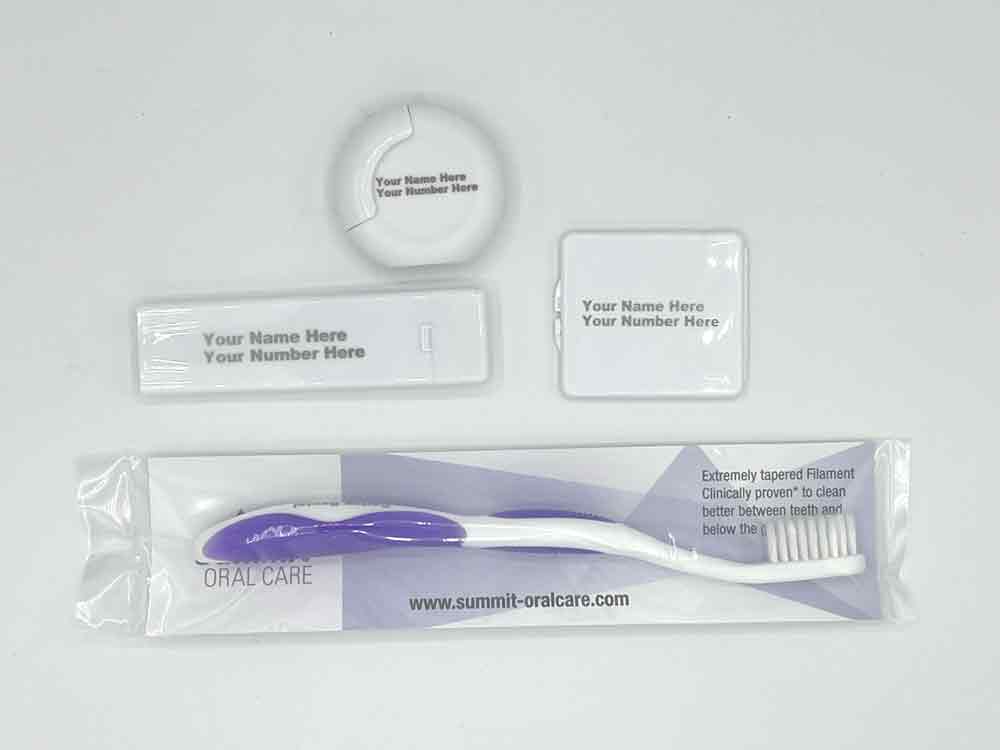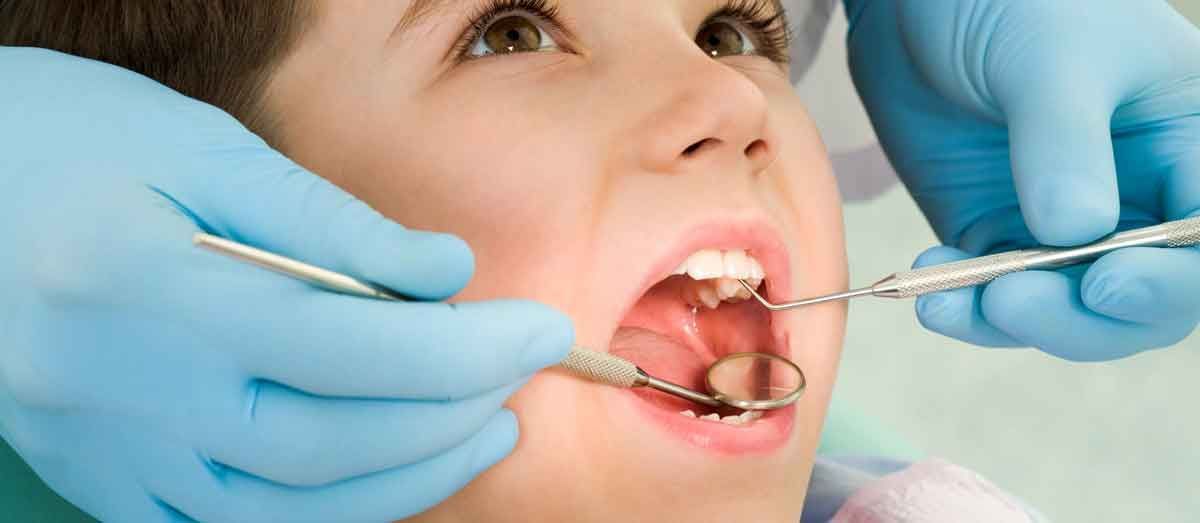Understanding the Prevalence of Untreated Tooth Decay Among Adults
As dental hygienists and dentists, we are all too familiar with the consequences of tooth decay. The pain, discomfort, and potential long-term damage that it can cause are all too real. Unfortunately, studies have shown that many adults are dealing with untreated tooth decay. In fact, 1 in 4 adults aged 20-64 years and 1 in 6 older adults aged 65 years or older have untreated tooth decay. This is a problem that needs to be addressed, and in this blog post, we will explore the factors that contribute to this prevalence and possible solutions to help prevent it.
Lack of Access to Dental Care
One of the main contributors to untreated tooth decay is a lack of access to dental care. Many adults simply cannot afford to visit a dentist regularly or receive the necessary treatments to address their dental issues. This is particularly true for those who are uninsured or underinsured. As dental professionals, it is important to advocate for policies and programs that increase access to affordable dental care for all individuals.
Poor Oral Hygiene
Another factor that contributes to the prevalence of untreated tooth decay is poor oral hygiene. Many adults fail to practice basic oral hygiene habits such as brushing and flossing regularly. Additionally, many individuals do not have access to the quality oral hygiene products necessary to maintain optimal oral health. As dental professionals, it is important to educate patients on proper oral hygiene practices and recommend high-quality oral care products to help them maintain good oral health.
Lack of Education
Many individuals simply do not understand the importance of proper oral hygiene practices and the potential consequences of untreated tooth decay. As dental professionals, it is important to not only educate patients on proper oral hygiene habits but to also help them understand how taking care of their teeth can lead to better overall health.
Fear of the Dentist
For some individuals, the fear of going to the dentist can prevent them from seeking the necessary treatments to address tooth decay. This fear may stem from past negative experiences or simply the unknown. As dental professionals, it is important to create a welcoming and supportive environment for all patients, particularly those who may be hesitant to seek dental care.
Cultural and Socioeconomic Factors
Finally, cultural and socioeconomic factors can also contribute to the prevalence of untreated tooth decay. For example, certain cultural beliefs may lead individuals to avoid or delay seeking dental care, while socioeconomic factors may limit access to quality dental care. As dental professionals, it is important to understand these factors and work to address them to ensure that all individuals have access to the dental care they need.
Untreated tooth decay is a serious problem that affects a significant proportion of the adult population. As dental professionals, it is our responsibility to understand the factors that contribute to this prevalence and work to address them. By advocating for policies and programs that increase access to affordable dental care, educating patients on proper oral hygiene habits, creating a welcoming and supportive environment for all patients, and addressing cultural and socioeconomic factors that may impact dental health, we can help reduce the prevalence of untreated tooth decay and improve overall oral health for all individuals.


















